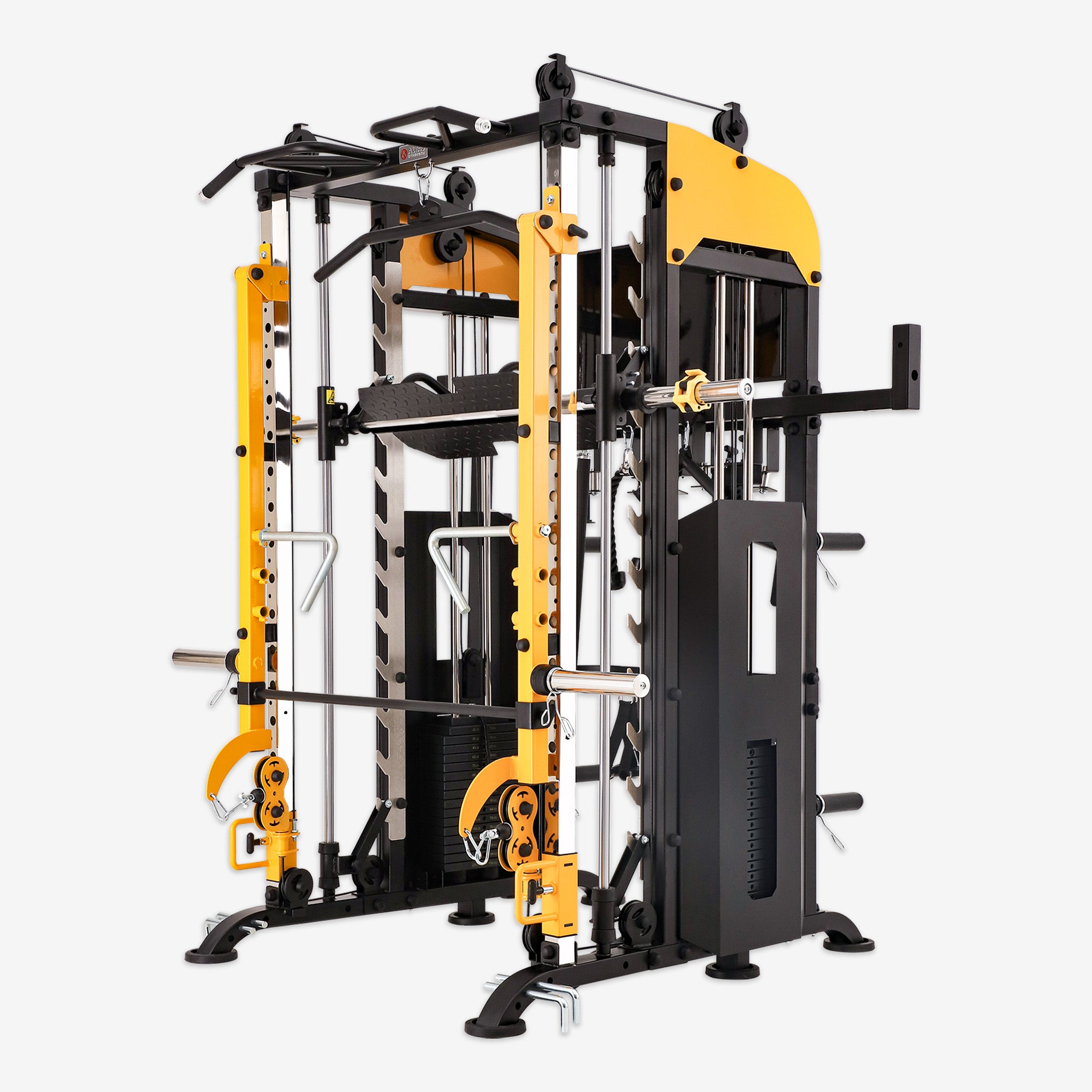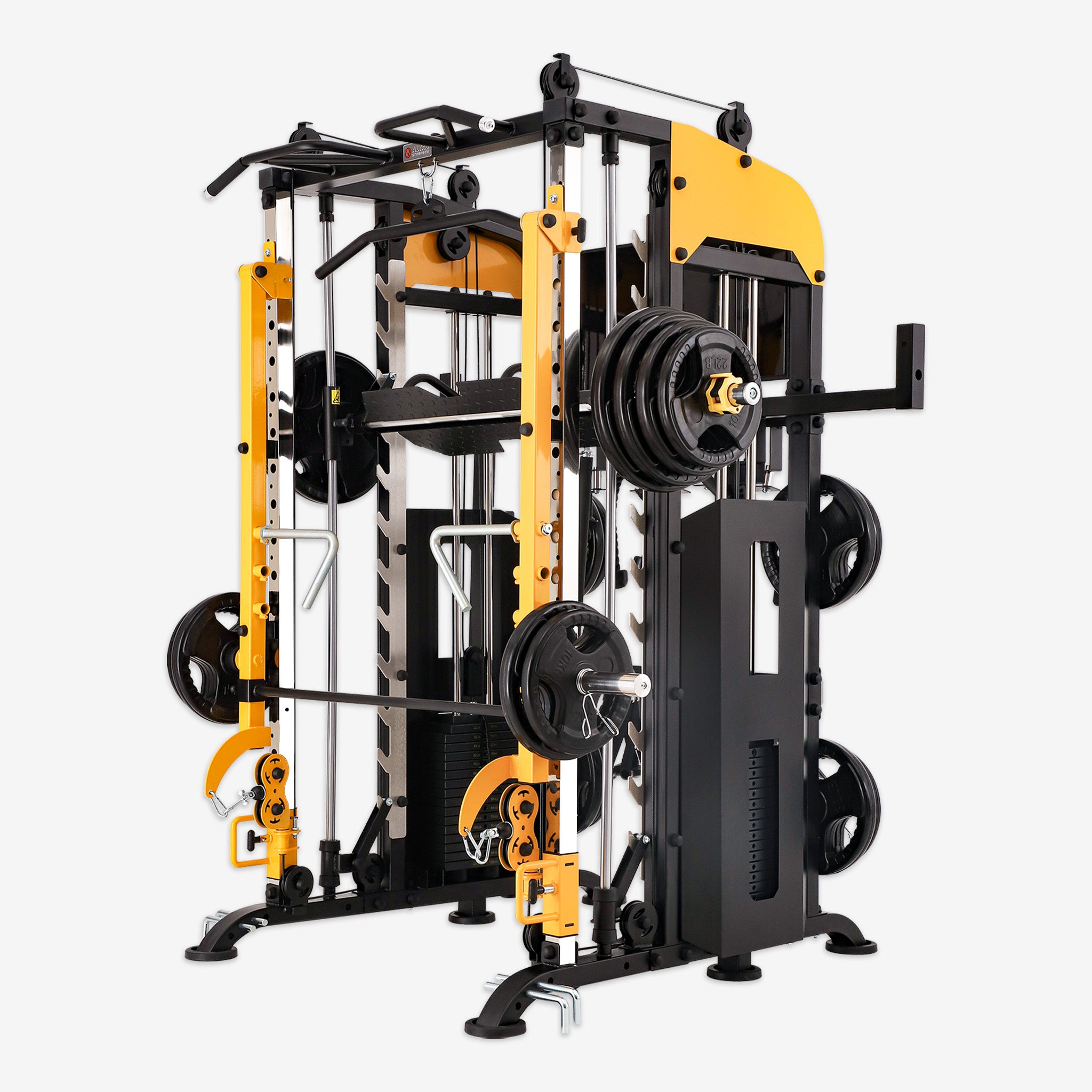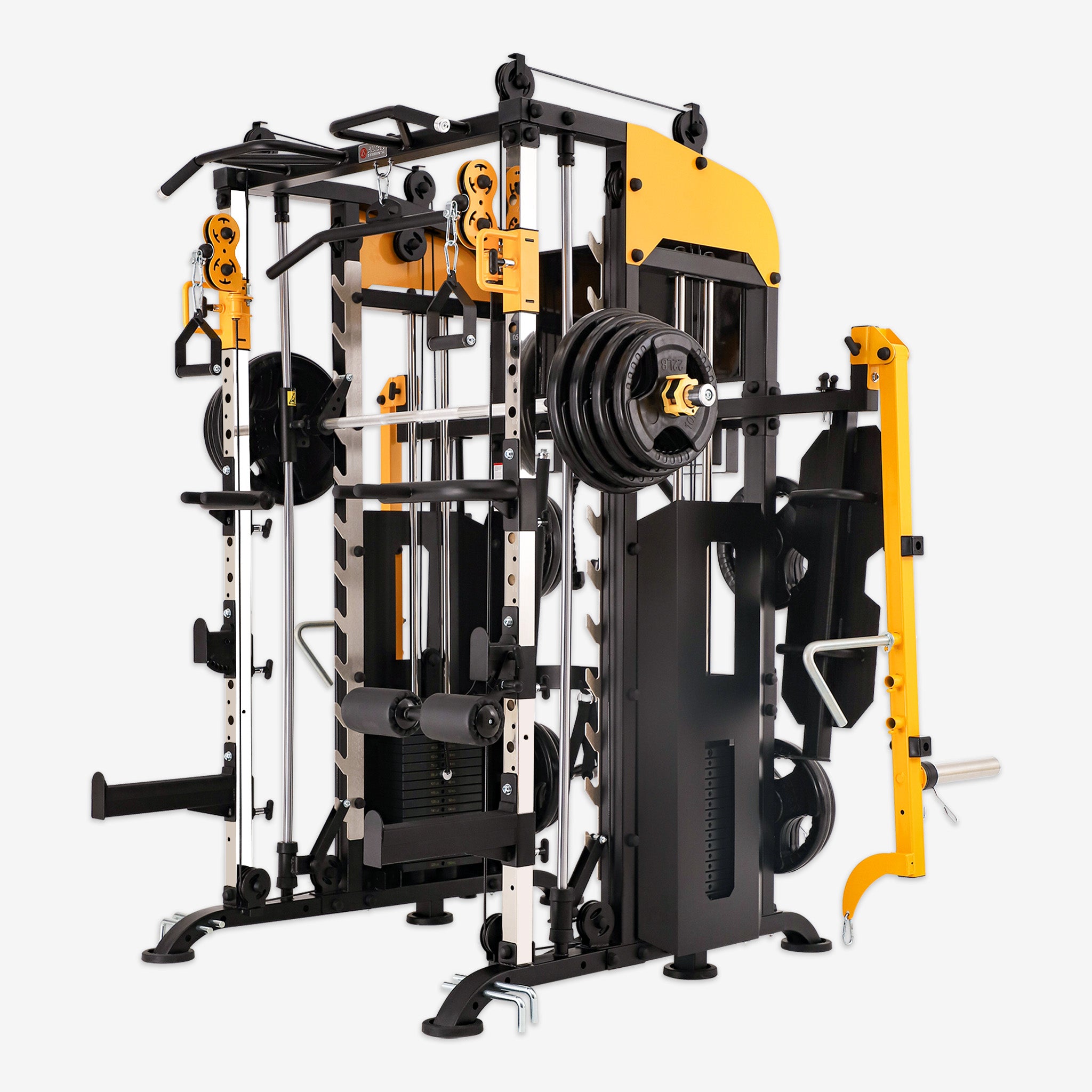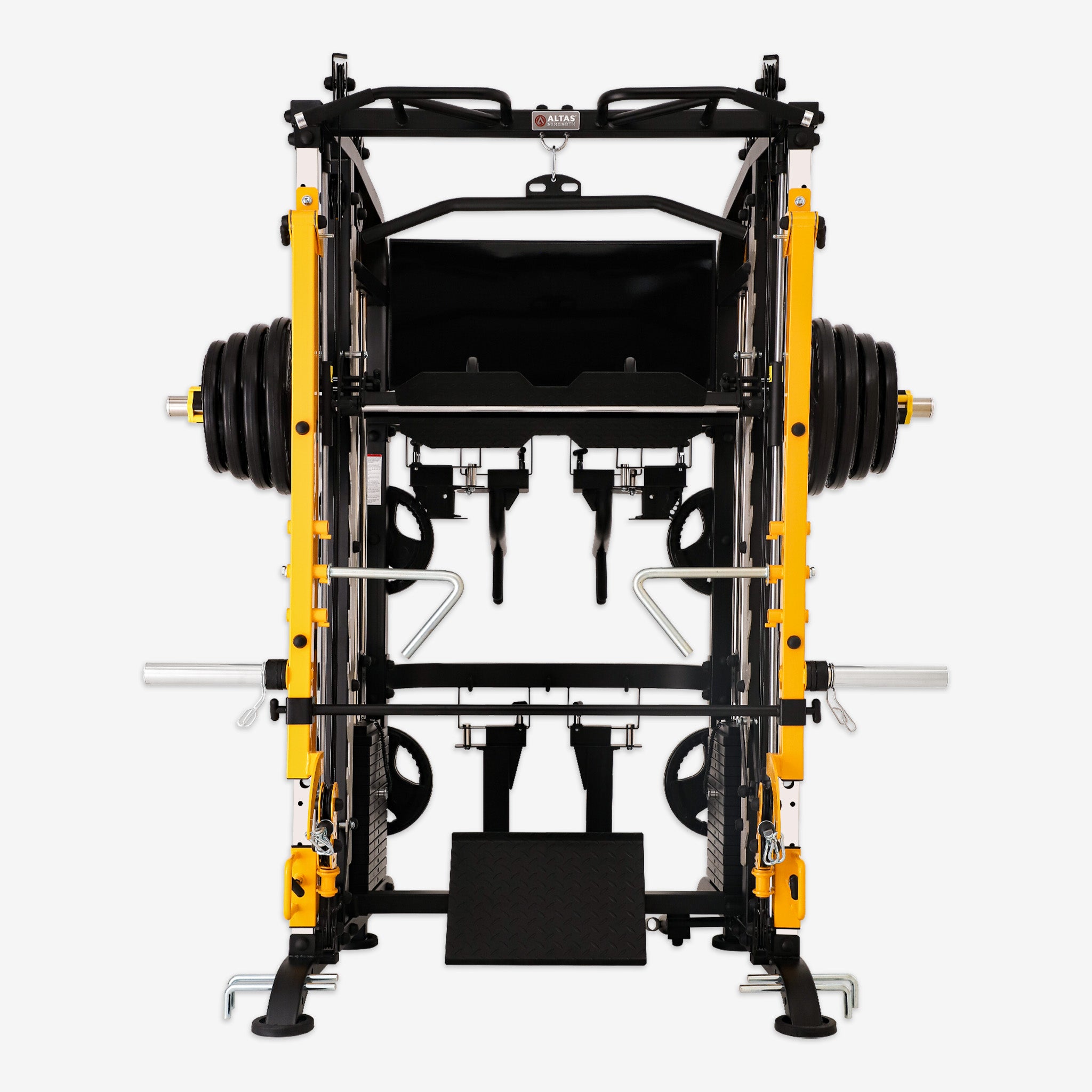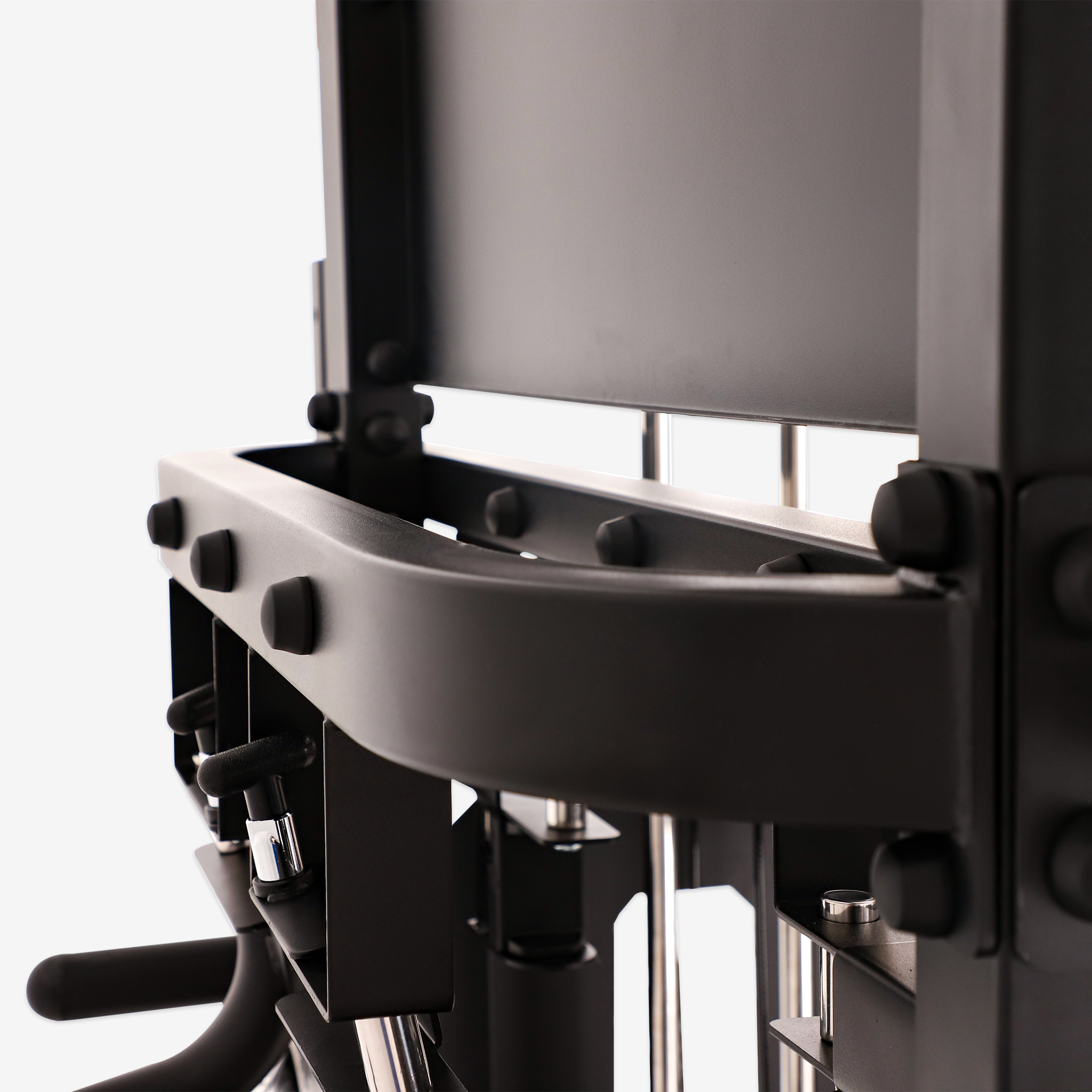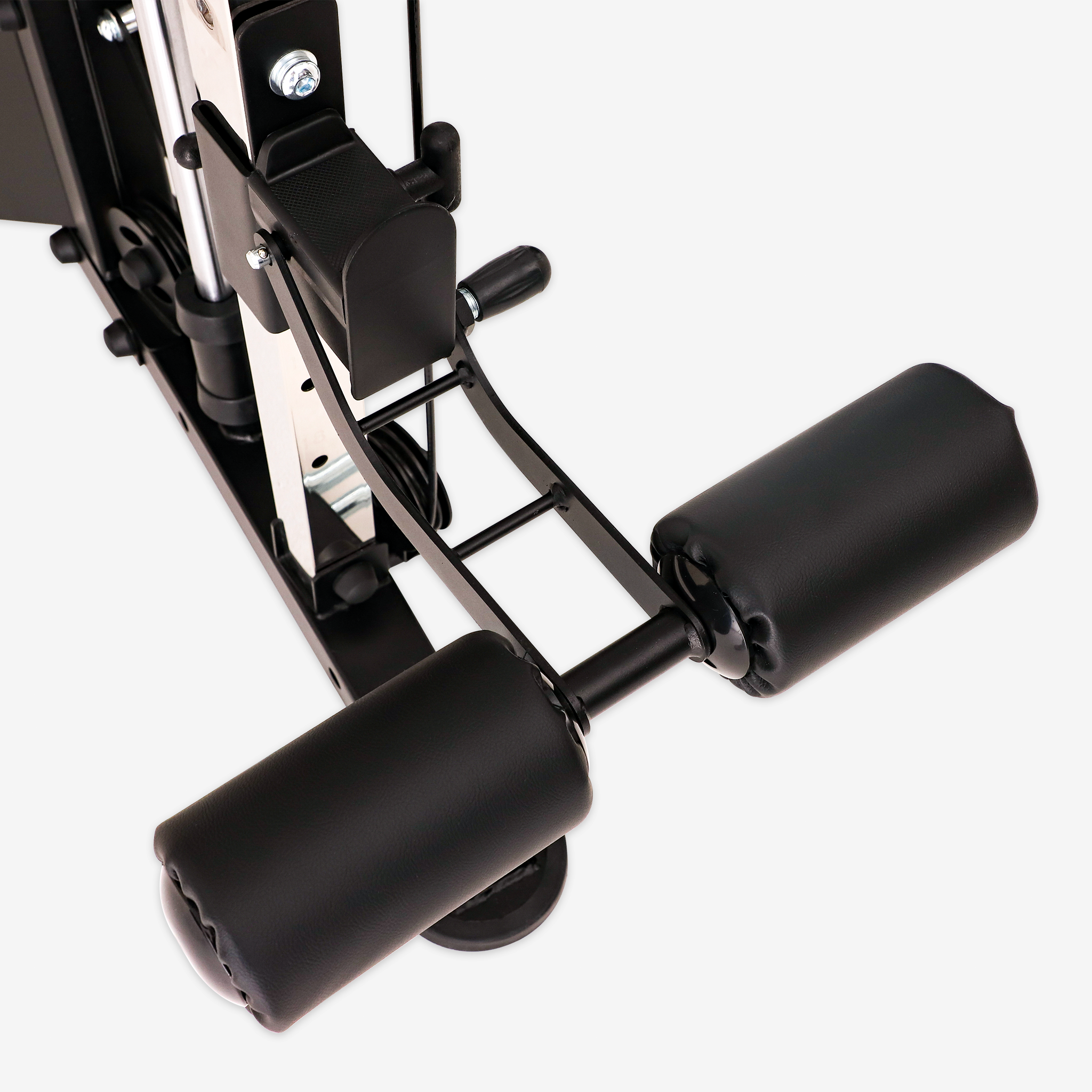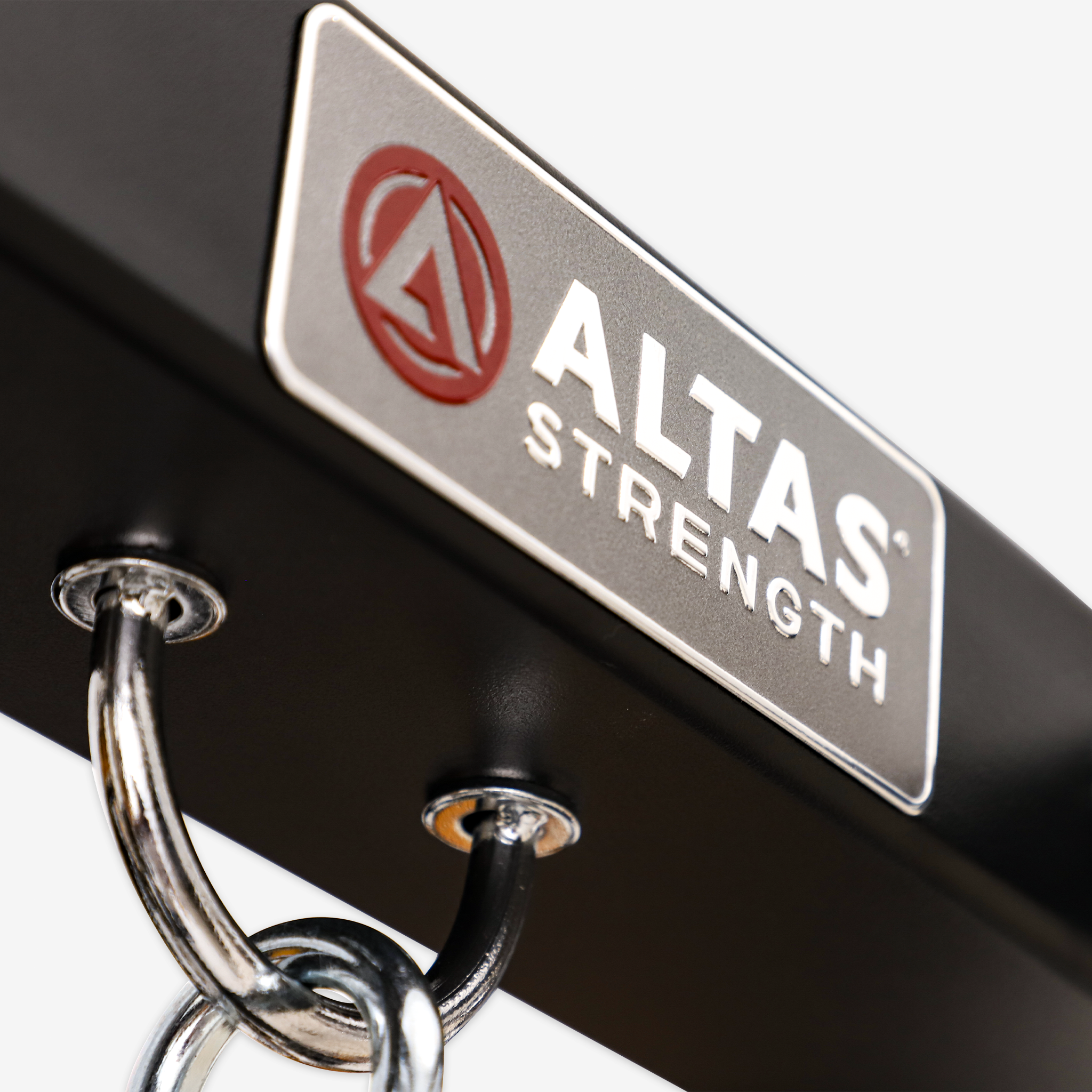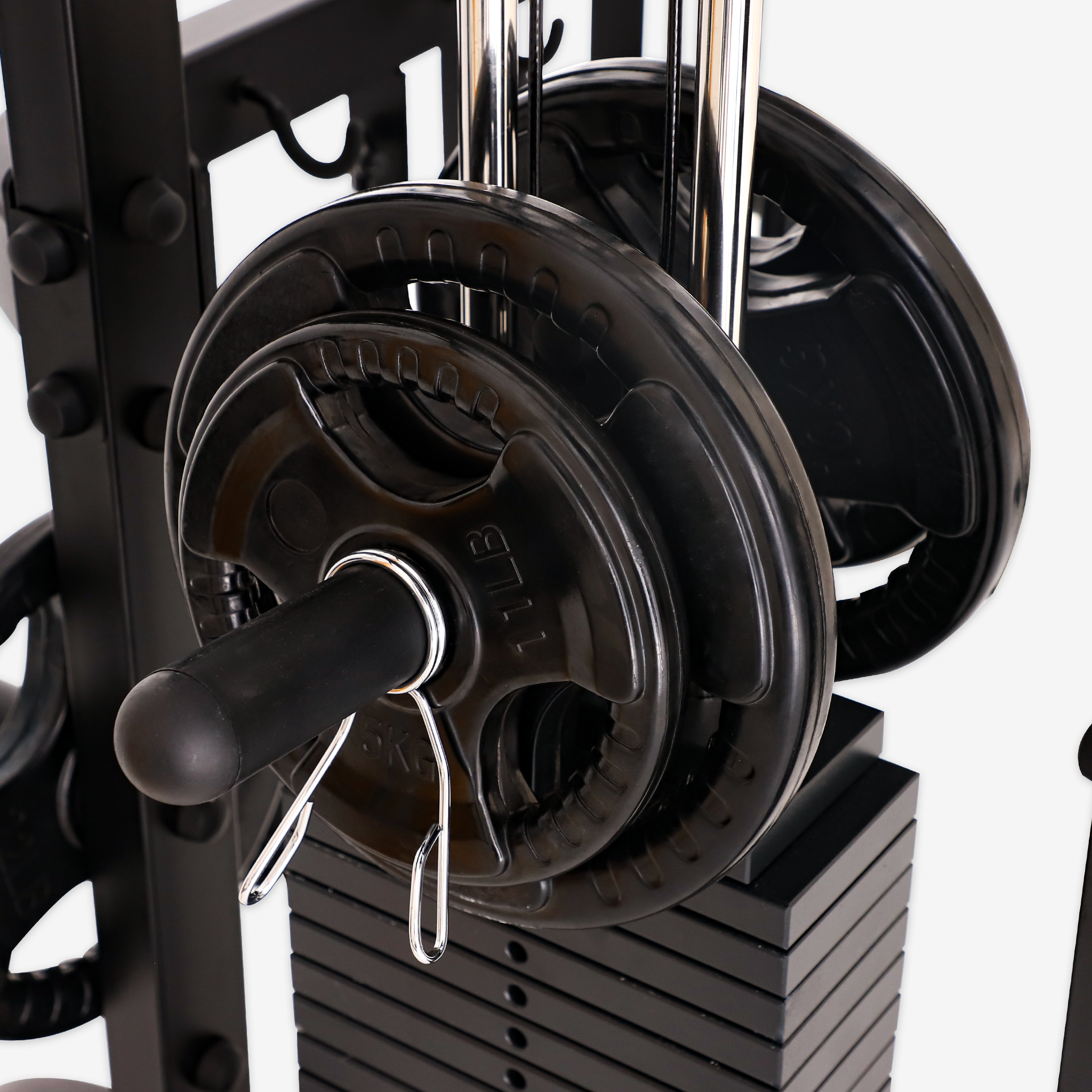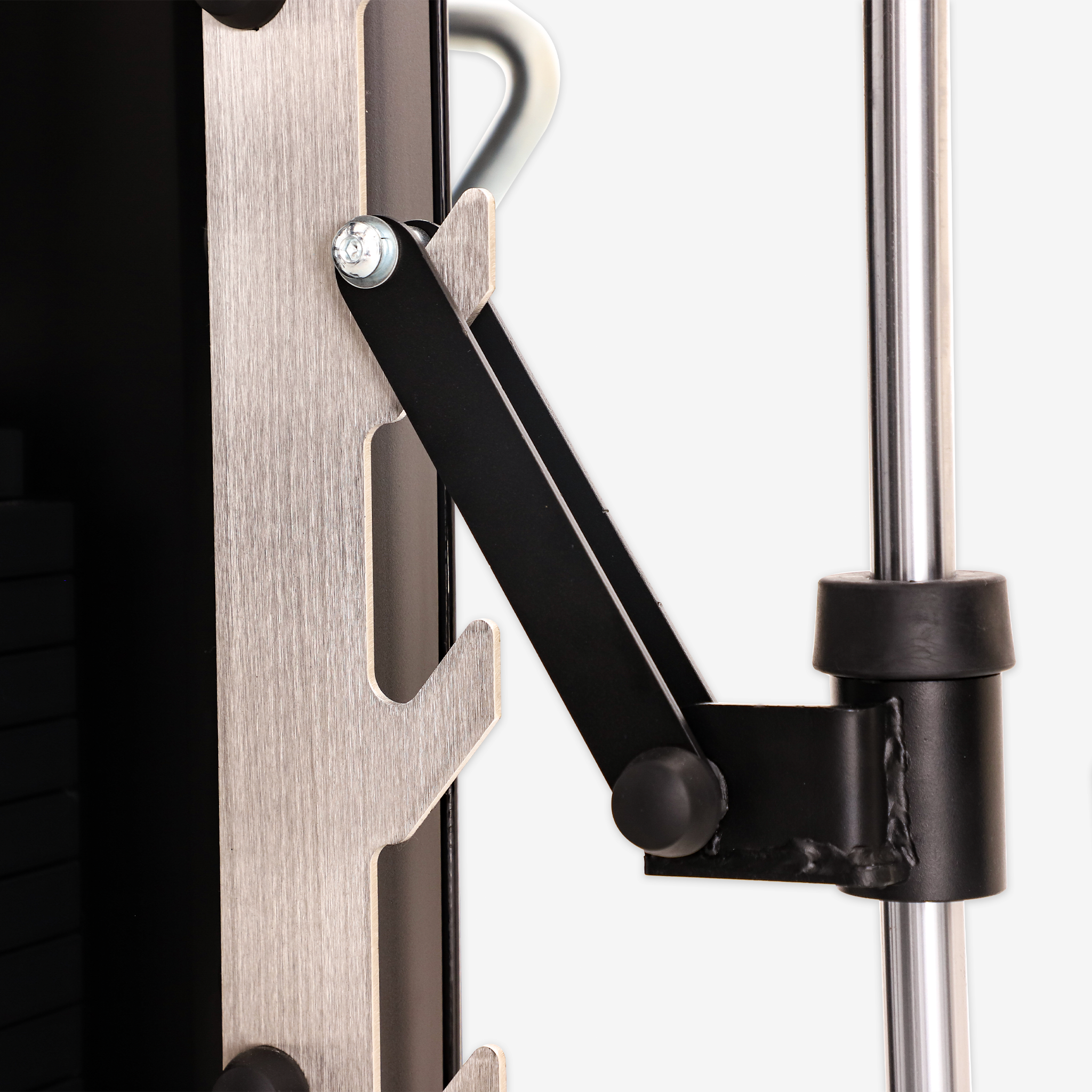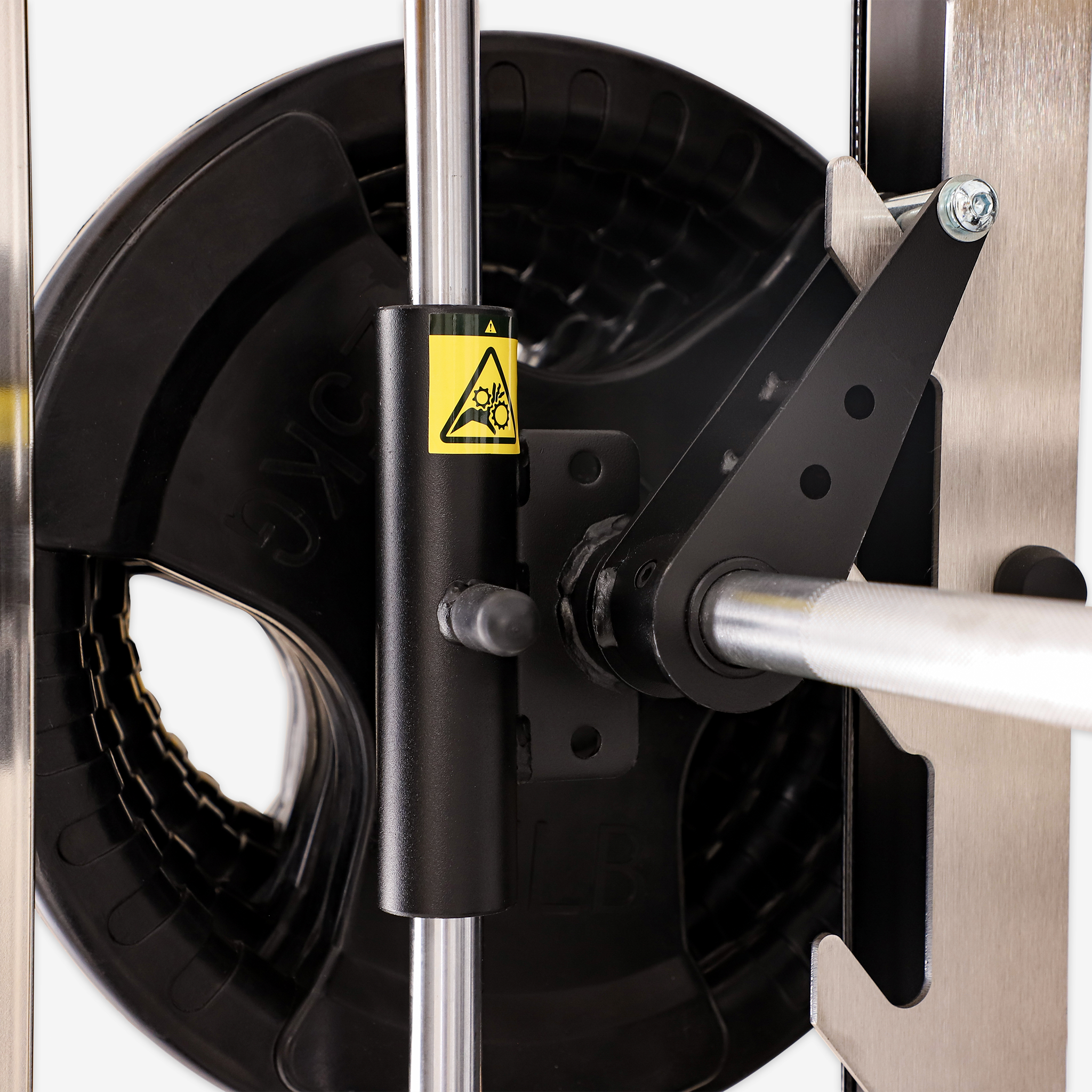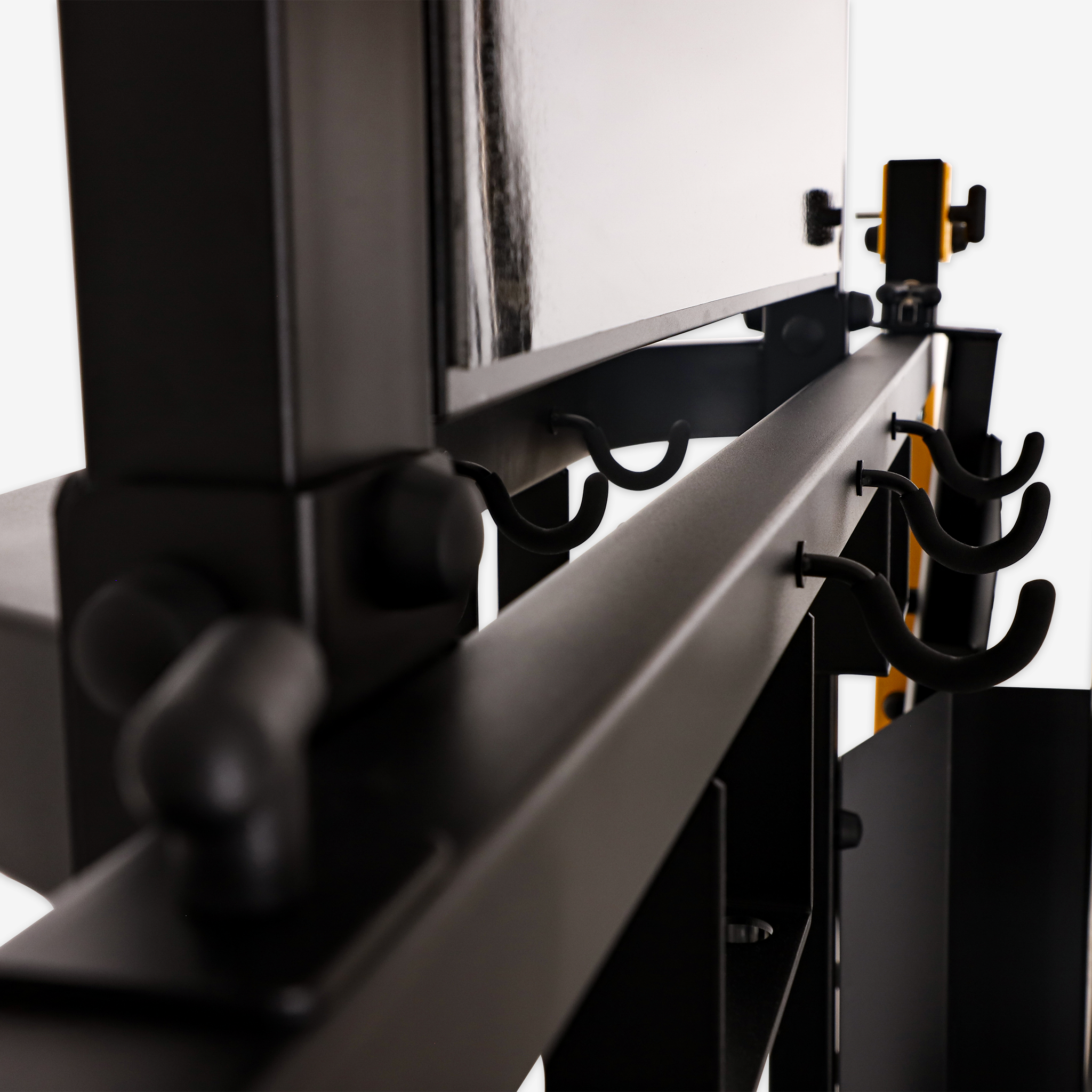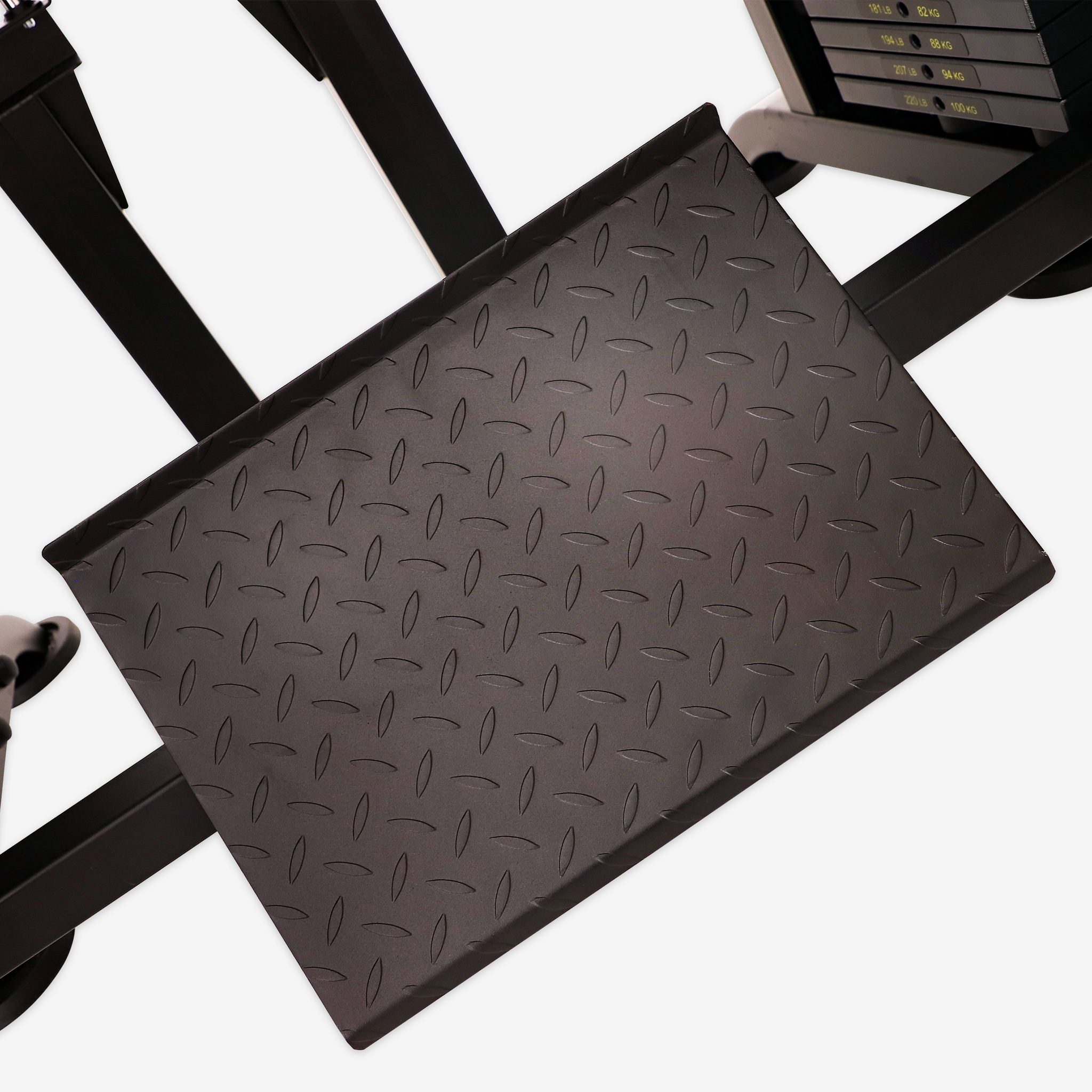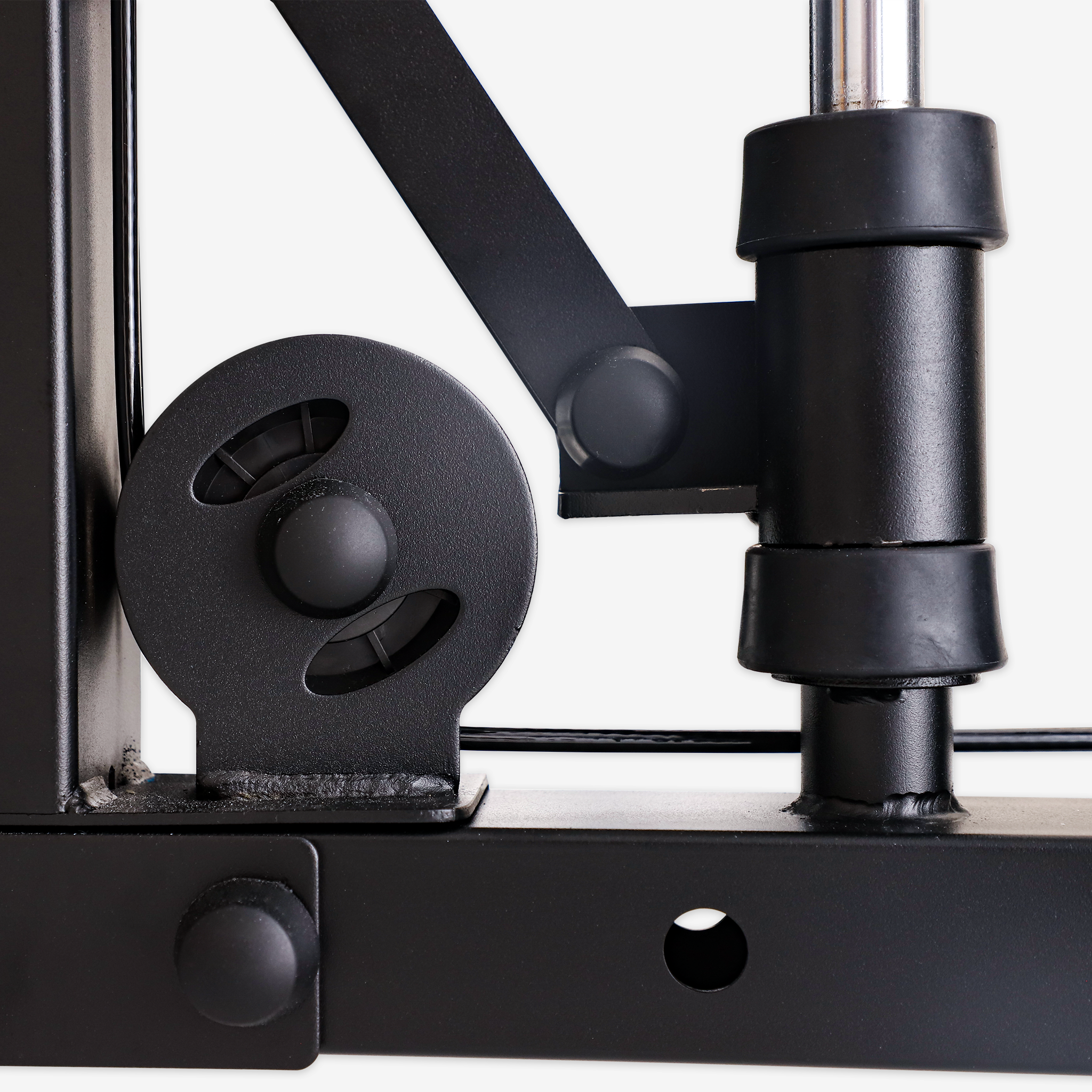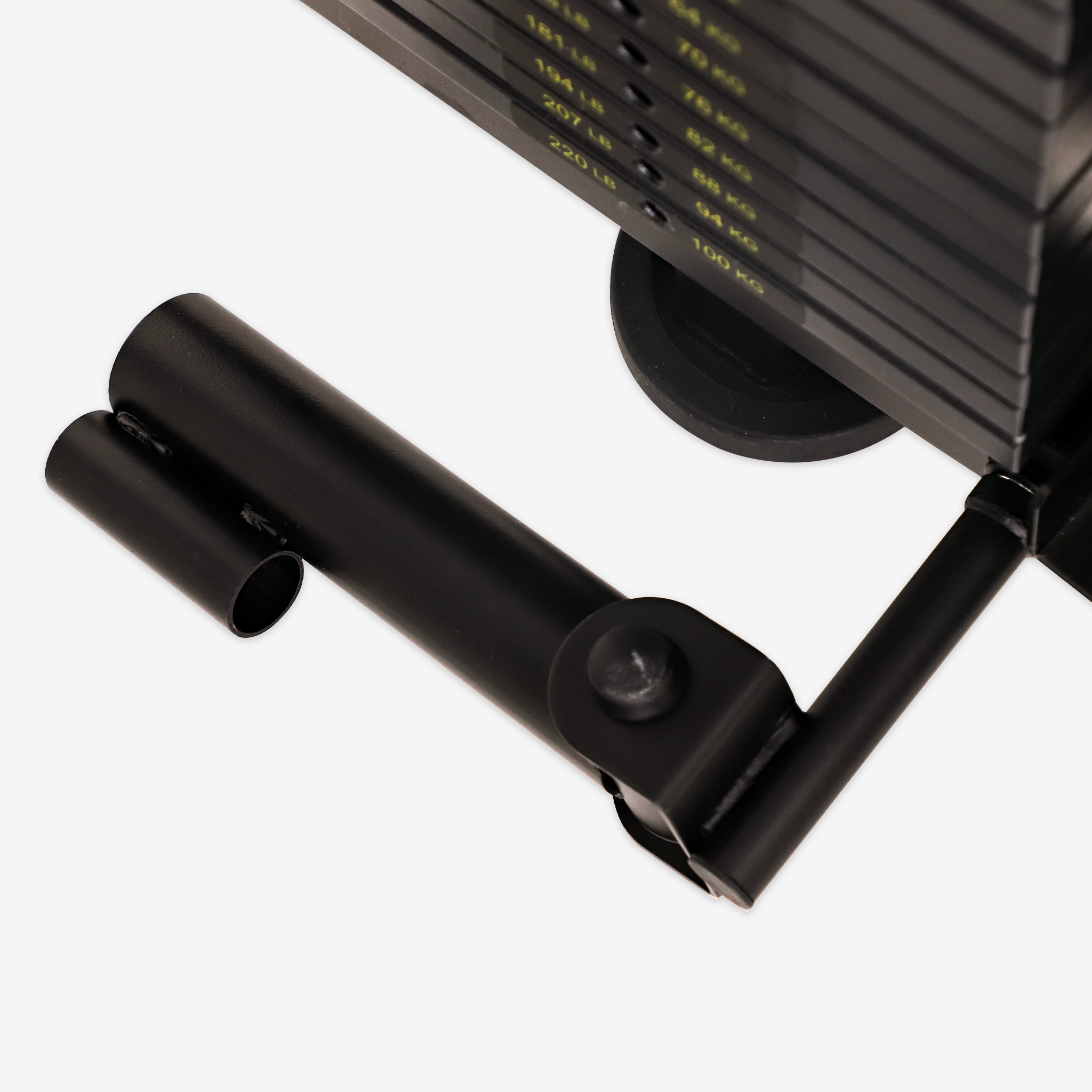The Smith machine hack squat is a powerful exercise that blends safety with muscle engagement, making it an excellent choice for both beginners and experienced lifters. Here's an in-depth look at the benefits, muscles targeted, and how to perform the exercise effectively.
Advantages of Smith Machine Hack Squats:
-
Enhanced Safety
The Smith machine offers a fixed path for the barbell, which is ideal for those new to squatting or without a training partner. This fixed trajectory minimizes the risk of the barbell veering off course, ensuring a safer workout. -
Easier Posture Control
The machine's fixed track helps users maintain proper form, allowing them to focus on mastering squat posture without worrying about stabilizing the barbell. -
Variable Load Range
The stability provided by the Smith machine allows users to lift heavier weights, particularly beneficial for those looking to increase strength and muscle mass progressively.
Primary Muscle Groups Targeted:
-
Quadriceps
Located at the front of the thighs, the quadriceps are heavily engaged during both the lowering and rising phases of the squat, driving the movement. -
Gluteus Maximus
The primary muscle of the buttocks, responsible for hip extension during the ascent phase, crucial for strong, well-defined glutes. -
Hamstrings
Positioned at the back of the thighs, the hamstrings play a stabilizing role, controlling the descent and assisting during the ascent. -
Adductors
These inner thigh muscles help stabilize the pelvis during the squat. -
Calf Muscles
Although less involved, they aid in maintaining balance during the standing phase. -
Core Muscles
Including the abdominals, obliques, and lower back muscles, the core helps maintain posture and spinal stability throughout the exercise.
Movement Breakdown:
-
Starting Position
Set the barbell just below shoulder level. Stand with your feet shoulder-width apart, slightly turned outwards. Keep your chest up, grip the barbell with hands slightly forward, and maintain a natural arch in your back. -
Descent Phase
Slowly bend your knees, pushing your hips back as if sitting into a chair. Keep your back straight and lower yourself until your thighs are parallel to the floor or slightly below. -
Ascent Phase
Push through your feet, using the strength of your quadriceps and glutes to drive your body upward. Keep your core engaged and back straight throughout the ascent. -
Reset
After standing upright, pause briefly to check your posture and breathing, then repeat the movement.
Considerations:
-
Weight Selection
Start with a manageable weight and gradually increase as your form improves. Prioritize technique to avoid injury. -
Breath Control
Inhale during the descent and exhale during the ascent to enhance stability and power output. -
Knee and Toe Alignment
Ensure your knees and toes point in the same direction to prevent knee injuries. -
Core Engagement
Maintain core tension to protect your lower back, especially under heavier loads. -
Depth of Squat
Only squat to a depth that is comfortable and safe for your joints. -
Avoid Over-reliance on the Machine
Incorporate both machine and free weight squats into your routine for a well-rounded training effect.
Conclusion
Smith machine hack squats are valuable for strength training, especially for those aiming to lift heavier weights safely. However, it's important to balance their use with free weight squats to develop overall muscle functionality and stability.




